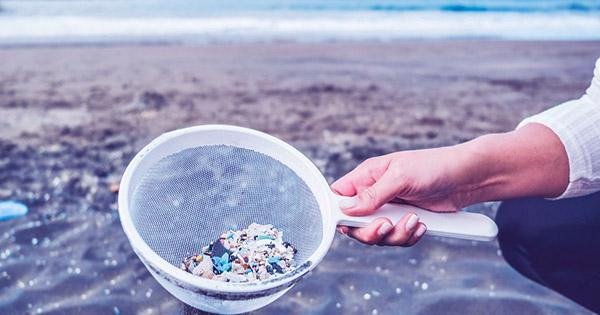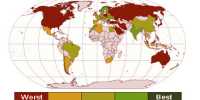Plastic has penetrated the food nets of Antarctica’s remote islands. Scientists have recently found traces of polystyrene as a small bug-like creature of springtails along the shores of Fields Peninsula on King George Island. Researchers have for the first time found field-based evidence that plastics are entering Antarctica’s food nets, published in the Journal of Biology Letters.
The researchers dried polystyrene marks in the digestive tract of a spring species known as Cryptopygus antarcticus using an infrared imaging technique. The piece of plastic was colonized by algae, algae, and larvae that appear to have eaten the animal during grazing in general. Springtails (aka collembola) are a soil-dwelling variety that is one millimeter in length. Despite their small size, scientists are particularly interested in them because they play an integral role in Antarctic soil food nets.
The study authors write, “One of the most abundant softballs in remote Antarctic soils is the absorption of microplastics, indicating that these anthropogenic substances have penetrated deep into the soil’s food trap.”
Researchers fear that their discovery could indicate that plastics continue to form the food chain in Antarctica. microplastics are widely known for lifting the food chain because they do not biodegrade: the plastic takes up zooplankton, small fish eat zooplankton, and a large fish eats small fish. Due to the effect of this synthesis, microplastics can begin to accumulate in larger predators at the top. While microplastics have not yet been discovered in the larger animals of Antarctica, the discovery of microplastics in the abdomen of springtails suggests that the chain-starting links already exist.
Elisa Bergami, lead author and marine ecologist from the University of Siena in Italy, told AFP news agency, “Cryptopigas antarcticus plays a key role in common Antarctic terrestrial food nets.””The effects of plastic ingestion by this species include the potential redistribution of microplastics through soil profiles and their transfer to common predatory, branch mites.”
The Fields Peninsula, where the sample was taken, is considered one of the most polluted areas in Antarctica due to its proximity to scientific research centers, airport facilities and tourism. Yet, the discovery still comes as a surprise. After all, a few months ago, scientists first reported the presence of microplastics in Antarctic sea ice.















